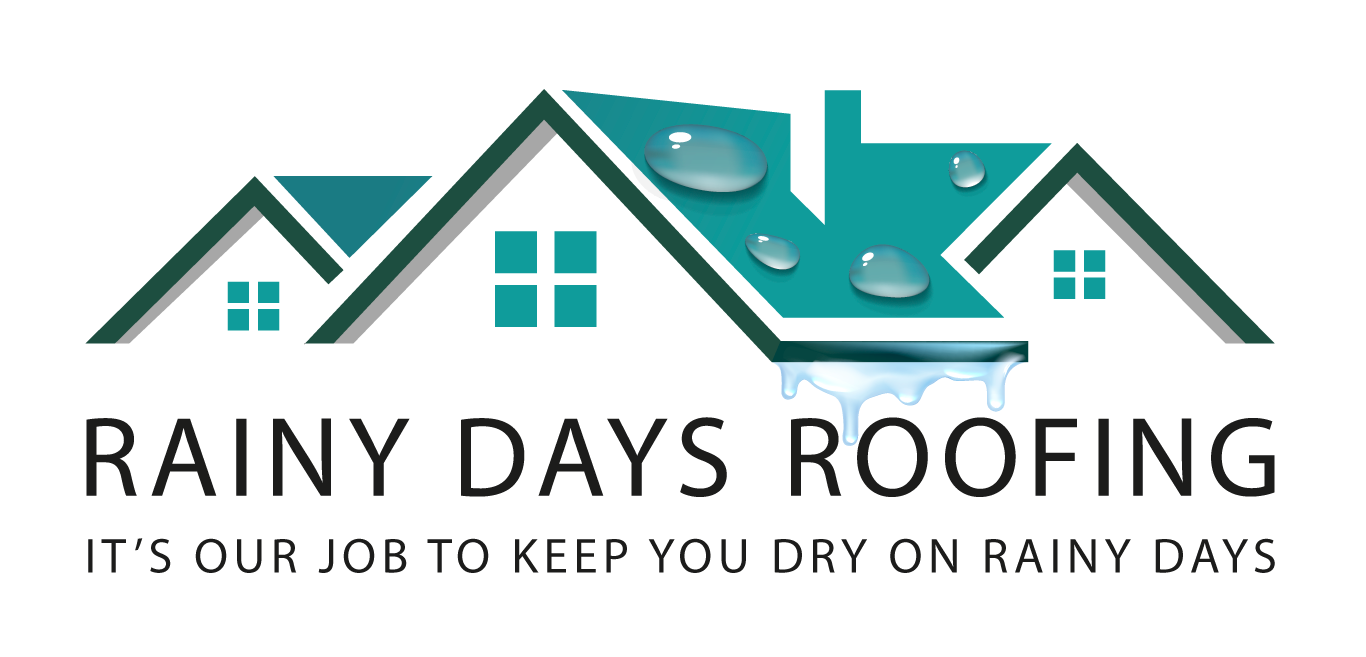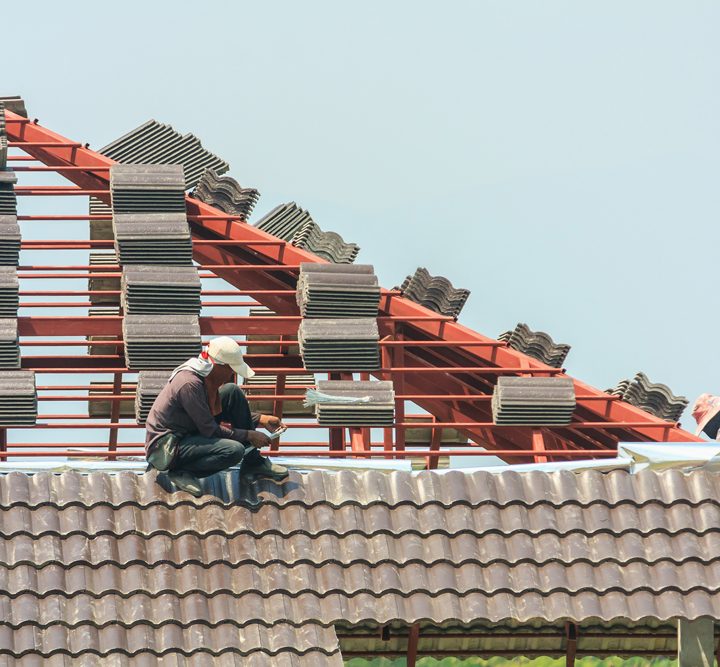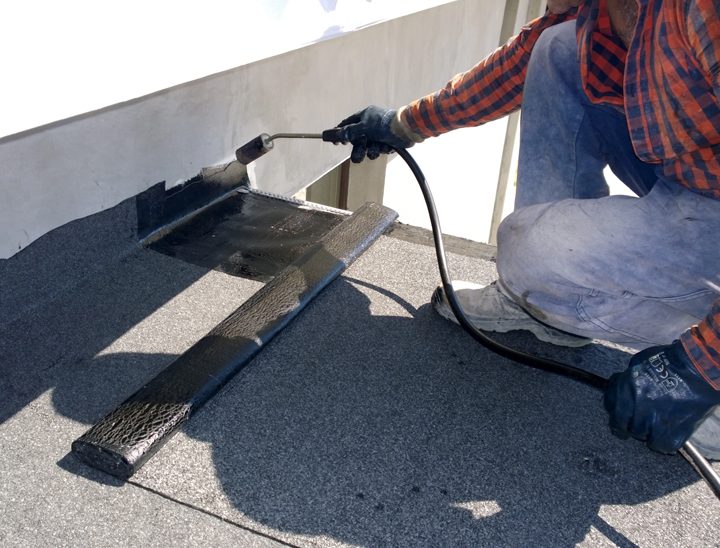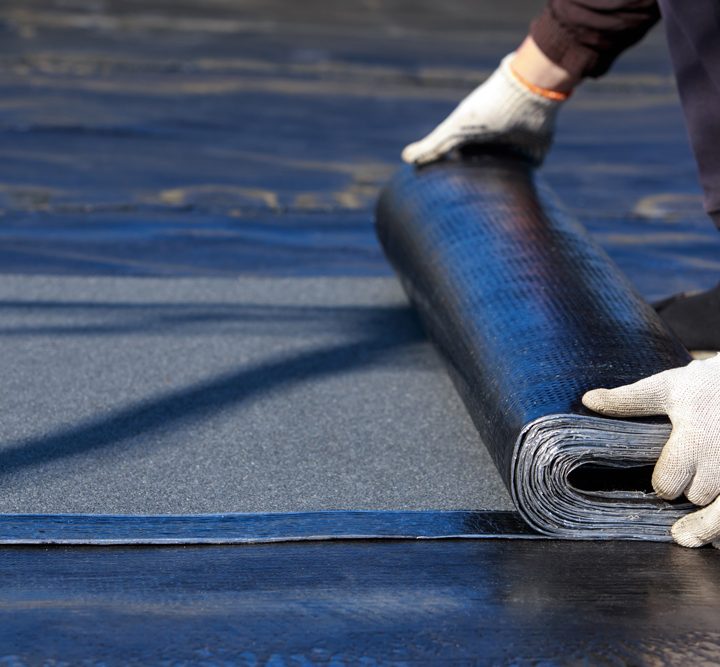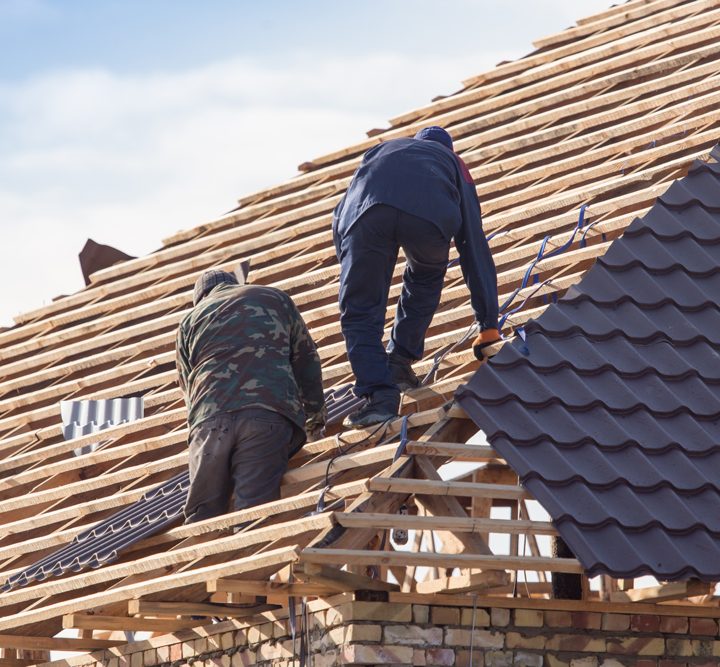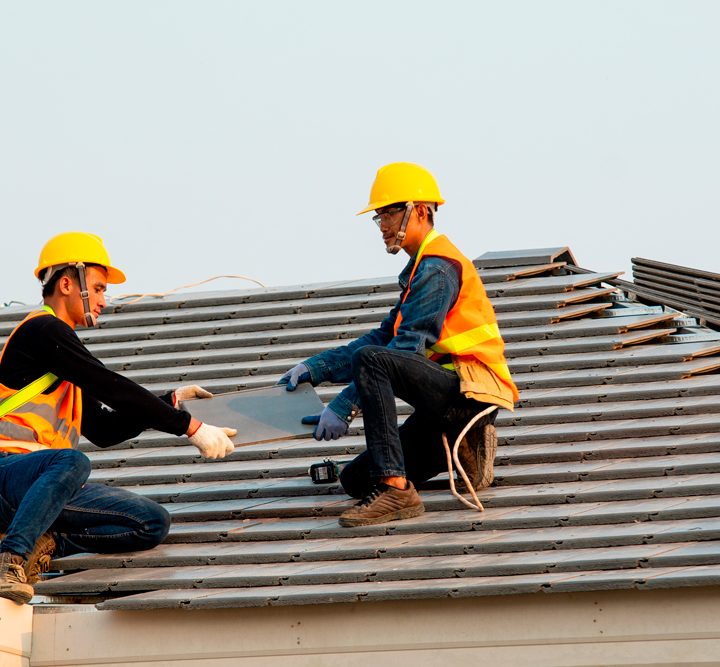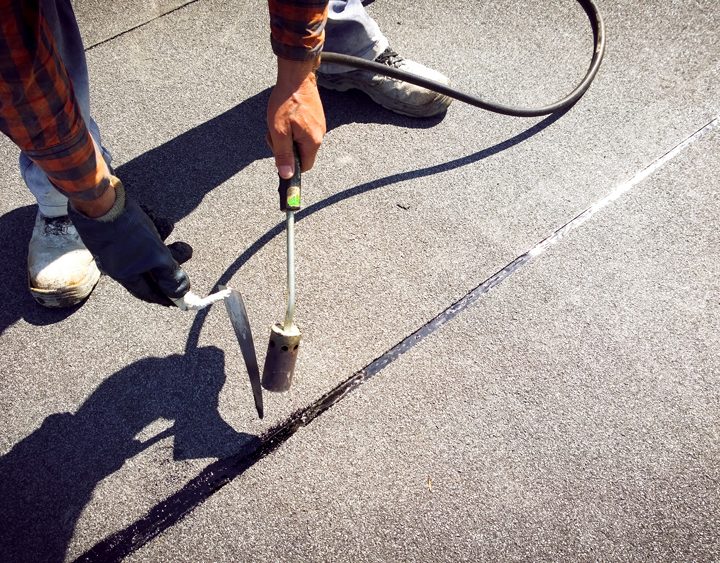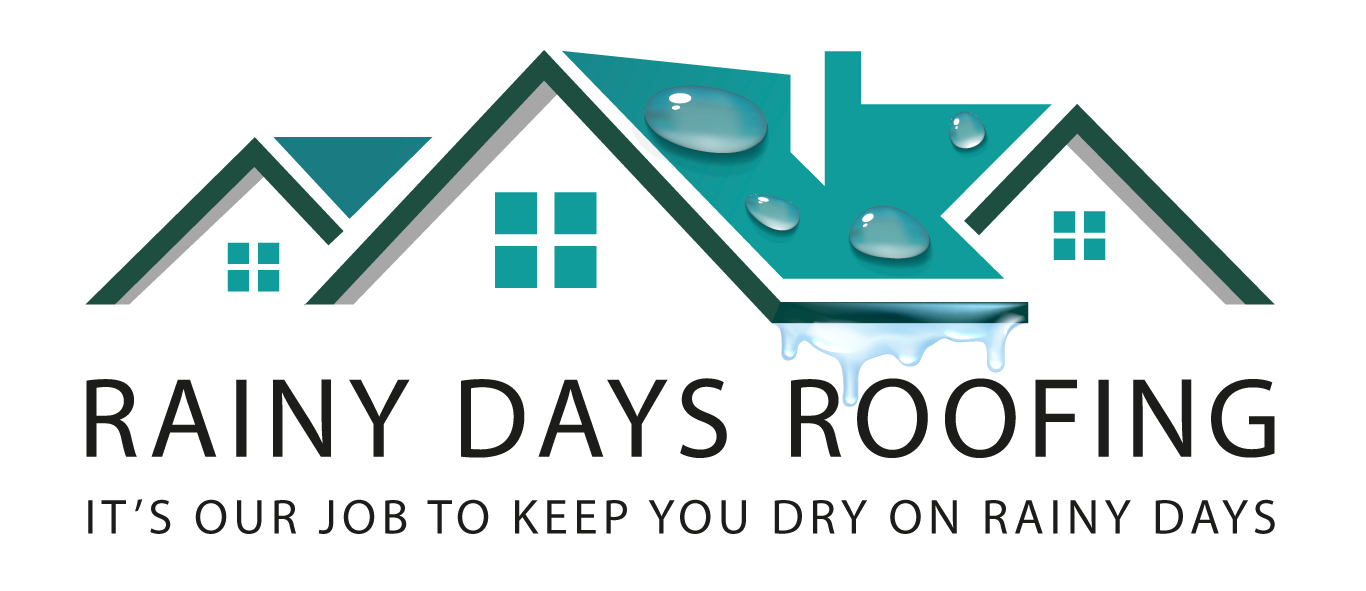Solar Panels on Your Roof: What Homeowners in London Need to Consider
As energy prices climb and climate change continues to make headlines, more homeowners in London and across the UK are looking upwards—toward their roofs. Solar panels offer a sustainable way to power your home, reduce your carbon footprint, and save money in the long term. But before you install a shiny new PV system, it’s essential to understand how your roof factors into the equation.
In this guide, we’ll cover what makes a roof suitable for solar panels, whether you need planning permission, how roofing condition and orientation matter, and what maintenance looks like once panels are installed. If you’re eco-conscious and live in London or Essex, this article will help you make an informed decision.
1. Is Your Roof Suitable for Solar Panels?
Not every roof is created equal when it comes to solar panels. Before making any investments, assess the following:
Roof orientation: South-facing roofs get the most sun throughout the day, but southeast or southwest orientations also work well.
Roof pitch: Ideally, between 30°–40° is optimal for solar efficiency in the UK climate.
Shading: Overhanging trees, chimneys, or nearby tall buildings can significantly reduce solar gain.
Surface area: Most homes need at least 10–20 square metres of unobstructed roof space.
If you’re unsure, professional installers can use digital tools to model sun exposure over a year.

2. Planning Permission in London and Essex

The good news is that in most cases, solar panels are considered permitted development—meaning you don’t need planning permission. However, there are exceptions:
If your home is a listed building
If you live in a conservation area
If the panels will protrude above the roof ridge or are installed on the front elevation of a pitched roof facing a highway
For complete details, refer to the Planning Portal – Solar Panel Planning Permission to ensure compliance.
3. The State of Your Roof Matters
Solar panels have a lifespan of around 25 years. Installing them on a roof that’s near the end of its own life can result in additional costs down the line.
Before going solar:
Check for cracked tiles, leaks, or sagging
Ensure underlay and battens are intact
Have your roof professionally inspected
If a replacement is likely in the next 5–10 years, it’s advisable to re-roof first, then install the solar system. This prevents the need to remove and reinstall panels later.
4. Types of Solar Panels and Roof Compatibility
There are two main types of systems:
Photovoltaic (PV) panels: Convert sunlight into electricity.
Solar thermal panels: Used to heat water.
Most domestic systems use PV panels. Here’s how they pair with different roofing types:
Tiled Roofs: Most common; panels can be mounted easily with minimal disruption.
Slate Roofs: More delicate; installation requires care and may cost more.
Flat Roofs: Panels are mounted on frames at an angle.
Metal or standing seam roofs: Excellent for mounting without penetrating the roof surface.
5. Cost, Grants, and Savings
Installing solar panels involves upfront costs, but offers long-term benefits:
Average Cost: £5,000–£8,000 for a 3–4 kWp system
Energy Bill Savings: Up to £400 per year depending on usage
Export Payments: Under the Smart Export Guarantee (SEG), you can earn by sending surplus electricity back to the grid
You can find updated grant information and savings advice at the Energy Saving Trust – Solar Panel Advice.
6. Maintenance and Roof Access
Solar panels are generally low-maintenance, but roofing access for future repairs must be considered:
Cleaning: Panels may need occasional cleaning if debris or moss accumulates.
Gutter Access: Ensure gutters remain accessible for cleaning.
Repair Coordination: If you need roof repairs later, removing panels adds cost and time.
That’s why it’s critical to work with a roofer and installer who can coordinate properly.

7. Environmental Benefits

Going solar isn’t just about saving money. It’s also a meaningful way to reduce your home’s carbon footprint:
Each kWp of solar capacity offsets about 500 kg of CO₂ per year.
Solar systems require no fossil fuels.
Most modern panels are recyclable at end-of-life.
When paired with roof insulation and efficient ventilation, your home becomes significantly more sustainable. Learn more about that in our article on The Importance of Insulation: Keeping Your Home Warm with the Right Roof.
8. Working with the Right Professionals
To ensure your solar investment performs well for decades, choose reputable installers and roofing contractors:
Accreditation: Look for MCS (Microgeneration Certification Scheme) certified installers
Guarantees: Check panel, inverter, and workmanship warranties
Coordination: Work with a roofer who understands both the structural and access considerations
If you’re unsure where to start, Rainy Days Roofing can help coordinate roofing and solar assessments tailored to homes in London and Essex.
Conclusion
Solar panels on your roof can be a smart and eco-conscious investment—but only when done right. By evaluating your roof’s condition, understanding planning rules, and coordinating with trusted professionals, you’ll get the most value for your money while future-proofing your home.
Whether you’re just starting to explore options or ready to install, a solid roof is the foundation of your solar success.

Author

